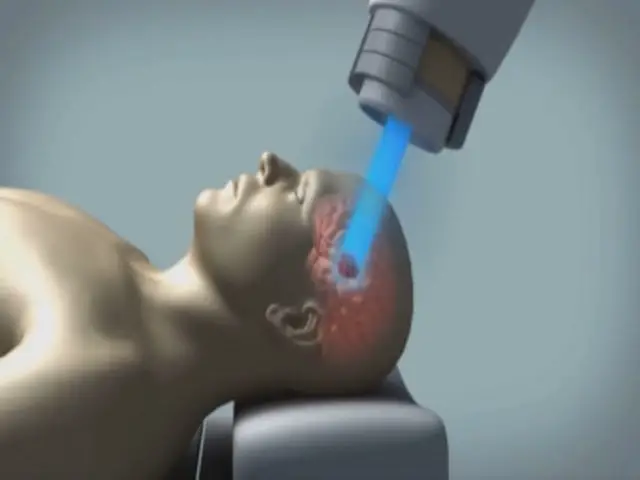It has been seen that while investigating inside the human body, it often requires cutting open a patient, swallow long tubes with built-in cameras and many more. Professor Dina Katabi and his team from MIT’s CSAIL work exactly with an “in – body GPS” system. It’s a new method which can discover the place of ingestible implants in the inner part of the human body through low – power wireless signals. These implants could be pre-owned as tiny tracking devices on shifting tumors to aid monitor their slight movements.

Global Positioning System (GPS), a system based on satellite and made up of at least 24 satellites and can function in any weather condition, anywhere in the world. Its chief usage is seen in mobile GPS technology where it has been enabled in today’s smartphones with appropriate and highly well – organized means for end users to receive instructions via GPS i.e., Global Positioning System process known as “trilateration”.
The team had tested on animal and demonstrated that they can track the implants with centimeter-level correctness, with the similar implants which could be used to provide drugs to particular places in the body. They advanced ReMix in an alliance with researches from Massachusetts General Hospital (MGH). To test ReMix, they initially implant a little marker in animal tissues. They track the movement, researchers used the wireless device that throws back radio signal away from the patient and it was based on wireless technology. They used a special algorithm which uses a signal to spot the proper location of the marker.
The marker in the inner part of the body does not transmit any wireless signal and reflects the signal transmitted by the wireless device of the body. Hence, it does not an external source of energy.
The main application of ReMix is in the treatment of cancer which includes inundating tumors with beams of magnet – managed protons. This allows doctors to prescribe higher doses of radiation which requires a high degree of precision and this can be limited to only certain cancers.
This radiation can detect even the moving tumors in the healthy region by exposing them to the radiation. Doctors with a small marker like ReMix, can determine the location of the tumor in real – time and either steer the beam into the right position or stop the treatment.
Romit Roy Choudhary, a professor at the University of lllinois said that it has been the propensity to ceaseless sense inside the human body is his dream and one of the barriers has been wireless communication to a device and its incessant localization.
There is a various on-going opportunity for improving ReMix and the team next hopes to fuse the wireless data with medical data like Magnetic Resonance Imaging (MRI) scans, so to enhance the system’s correctness. Along with this, the team continues to reassess the algorithm and different trade-offs which needs to account for the difficulties of various bodies.
MIT PhD student Deepak Vasisht said “ We want a model that is technically feasible, while still difficult enough to rightly represent the human body, but if we want to use it on actual cancer patients so that it can come from superior modeling a person’s physical structure.”


















